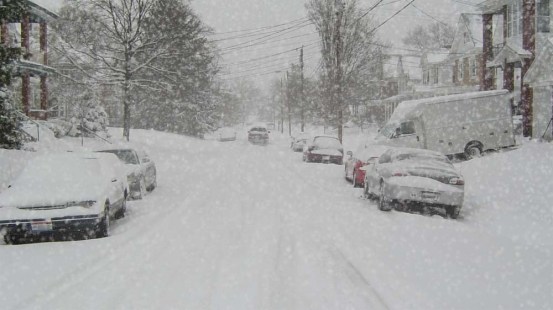
It’s another snowy day in New York City and lots of us are wondering why Mayor de Blasio didn’t call a snow day. The roads are awful in and around the city, and travel is certainly hazardous. If I were a parent, I don’t think I’d want to send my child out into this mess– especially if their commute involved a bus or some other form of above-ground transportation.
That said, many parents have neither the option of staying home from work nor access to affordable child care. Beyond that, many students have limited access to meals outside of those provided by their public schools, so closing the city schools is a complicated decision.
One thing that makes the city schools so complicated is school choice. Over the past decade, former Mayor Bloomberg imposed school choice upon the city’s students and parents with a warlike aggression. A lot has been written about the problems with school choice in general and Bloomberg’s educational policies in particular, but little has been written about the physical and psychological toll that school choice takes upon students when the weather is as bad as it is today.
Thanks to school choice, tens of thousands of students across the city spend hours each day commuting to schools far, far away from their neighborhoods. This is because under Bloomberg’s school choice regime, the city decided not to repair and reinvest in struggling public schools. Instead, despite protests from parents and community members, Bloomberg closed struggling schools (and the data used to label a school as “struggling” was effectively meaningless) and forced students from their neighborhoods into the city’s public education marketplace. In this marketplace, a twelve-year-old eighth grader from the Bronx would be allowed to choose a high school in Far Rockaway despite the fact that their commute would be upwards of two hours each way.
Why would they do this? Maybe their cousin goes to the Rockaway school. Maybe they heard the Rockaways are cool. Maybe they’re twelve years old and didn’t read the description carefully. To school choice advocates, it makes no difference, just as it makes no difference to them that this morning, that student had a two-hour commute in a blizzard.
Which brings me back to the question of snow days. Closing city schools that serve one million students will never be an simple decision. Abandoning the madness of school choice and adopting a model that places a well-resourced school at the center of every neighborhood in the city should be a simple decision. No child should be forced to wander the city in a storm simply because free market ideologues wish it to be so.

